Research progress and future prospects of 1.5v Alkaline battery
I. Overview
Compared with lithium-ion batteries, metal-air batteries have extremely
high theoretical capacity and energy density and have attracted widespread
research attention, as shown in Figure 1. Among them, rechargeable zinc-air
batteries in alkaline systems and lithium-air batteries in organic systems, as
typical representatives of aqueous and non-aqueous systems, have become hot
spots in recent research. The working principle of the battery is shown in
Figure 2. When making batteries flexible, it is necessary to design new flexible
structures, prepare flexible electrode materials and solid electrolyte
membranes, and thus face more challenges.
Figure 1 Comparison of capacity, energy density and voltage of different
metal-air batteries
Figure 2 Schematic diagram of the working principles of alkaline system
zinc-air batteries and non-aqueous system lithium-air batteries
2. Flexible battery structure and testing
Currently, the battery structure widely used in flexible zinc-air and
lithium-air batteries is a sandwich structure composed of a flexible positive
electrode, an electrolyte membrane and a negative electrode. The other uses
linear metal electrodes, which are sequentially wrapped with an electrolyte
layer and an air electrode layer on the surface to form a tubular structure. In
addition, there are some new structures, such as foldable battery structures and
flexible, ultra-lightweight lithium-air batteries inspired by bamboo slips.
In addition to the charge-discharge and cycle life tests in conventional
batteries, the stability of flexible batteries under external force is crucial.
Mainly including electrochemical stability under bending, twisting at different
angles and stretching at different lengths, as well as performance retention
under long-term fatigue.
3. Metal electrodes
Metal sheets are usually used directly as electrodes in flexible air
batteries. However, metal sheets may suffer from fatigue failure during
long-term bending. In flexible zinc-air batteries, metal powder is combined with
binder and conductive carbon powder to form a composite electrode, which
improves the flexibility and stability of the electrode. In flexible lithium-air
batteries, metallic lithium and stainless steel mesh are rolled together to
improve the fatigue resistance of the metal electrode. In addition, in order to
achieve a certain stretchability of the flexible battery, the metal electrode
can be made into a spring shape, or multiple small pieces of metal can be
combined into a complete electrode to meet the stretching needs by "breaking it
into parts".
4. Electrolyte membrane
In flexible zinc-air batteries, anion exchange membranes and alkaline gel
electrolytes are mainly used as the electrolyte membranes of the battery. In
flexible lithium-air batteries, electrolyte membranes mainly include gel, solid
and composite polymer electrolyte membranes. In order to achieve good
electrochemical performance of flexible batteries, in addition to requiring the
electrolyte membrane to have good conductivity, chemical and electrochemical
stability and other properties of traditional liquid electrolytes, the interface
problem with metal and air electrodes is a difficult problem that needs to be
solved.
For the electrolyte membrane-metal electrode interface, it is necessary to
overcome the problems of dendrites and surface passivation. For the electrolyte
membrane-air electrode interface, the solid electrolyte greatly reduces the
effective reaction interface. For lithium-air batteries, since the product is
solid lithium peroxide, the attenuation of the reaction area is further
aggravated. Therefore, effective methods are needed to increase the reaction
interface.
In addition, during the bending or twisting process of the battery, the
separation of the electrode and electrolyte membrane may occur due to the
different mechanical properties of the electrode and electrolyte membrane. How
to maintain the stability of the interface is the key to ensuring long-term
stable operation of the battery.
5. Air electrode
As an important component of metal-air batteries, air electrodes have
always been a hot research topic. On the one hand, an effective catalyst is
needed to achieve rapid charge and discharge of the battery; on the other hand,
a suitable structure is needed to ensure the transmission of oxygen. In flexible
batteries, it is more necessary for electrodes to have good flexibility to meet
the needs of deformation. At present, the main flexible electrodes include: 1.
Electrodes made of carbon cloth or carbon fiber mesh; 2. Electrodes made of
nanocarbon materials (such as carbon nanotubes, graphene) such as carbon
nanotube paper and graphite paper; 3. , Electrodes formed by metal substrates
such as stainless steel mesh and nickel mesh; 4. Some other new flexible
electrodes.
6. Operation management
Typically, zinc-air batteries operate directly in air, while lithium-air
batteries operate in oxygen. And operating conditions can seriously affect
battery performance. First of all, moisture in the air will affect the stability
of the electrolyte membrane, and carbon dioxide in the air has a greater impact:
in zinc-air batteries, carbonate will be formed, affecting the conductivity of
the electrolyte; in lithium-air batteries, solid secondary The product lithium
carbonate affects the charging performance of the battery. Secondly, battery
performance is usually tested at room temperature, but the temperature changes
significantly during actual use. For example, in wearable devices, the operating
temperature of the battery may rise to 30 degrees or higher due to contact with
the human body. In different seasons and regions, temperature changes will be
greater. Therefore, future battery testing needs to examine the stability under
different gas atmospheres and temperatures in more detail, and adopt appropriate
management measures.
7. Summary and Outlook
In recent years, a series of progress have been made in 1.5v Alkaline
battery, and the energy density, efficiency and cycle life of the batteries have
been significantly improved. Future research needs to further address the
following issues: 1. New battery structure design to maintain stable
electrochemical performance under various deformation conditions; 2.
Establishment of evaluation standards to standardize battery performance
assessment indicators, such as based on unified quality or volume, stipulating
recognized flexibility test standards (such as bending and twisting angles,
tensile lengths, fatigue tests, etc.); 3. Development of flexible components,
including metal and air electrodes, electrolyte membranes, current collectors,
and packaging materials; 4. Management of operating conditions ensures stable
electrochemical performance under different conditions.
All in all, future research needs to use a combination of experimental
online monitoring and numerical simulation and other technical means to clearly
clarify the relationship between material transport, structural changes and
electrochemical reactions during battery operation, and provide information for
the rational design of batteries. Important guidance.
Read recommendations:
LR14
Analysis of safety risks associated with 18650 lithium batteries.18650 battery 3.7v 1800mah
Custom - shaped Battery Customization Services
convenient energy storage power supply maker
CR2477 battery

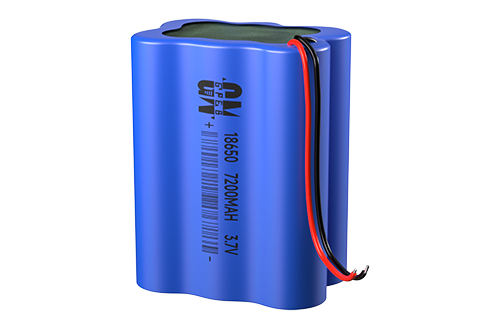

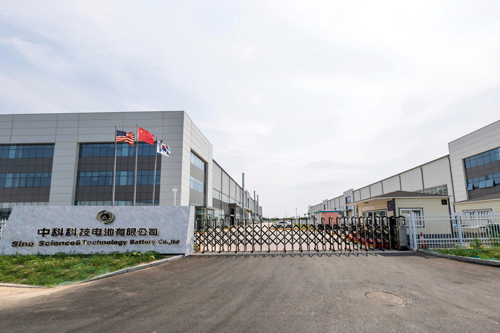



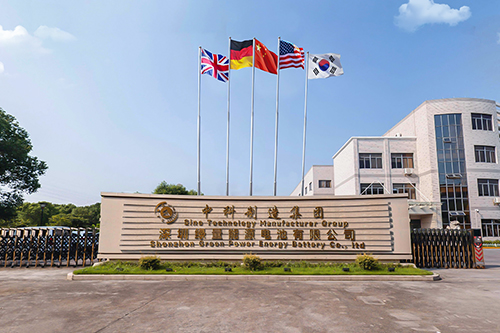

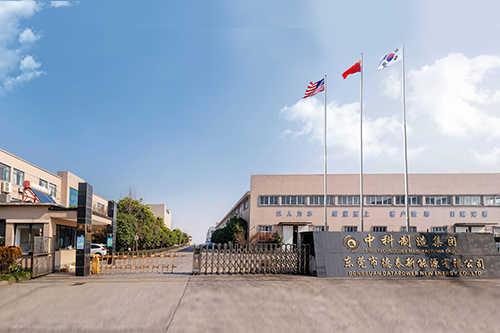










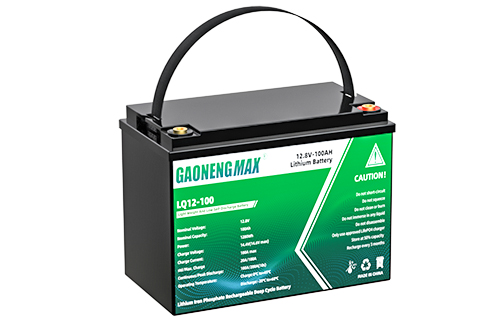


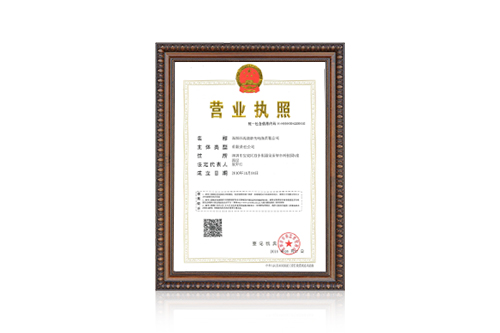

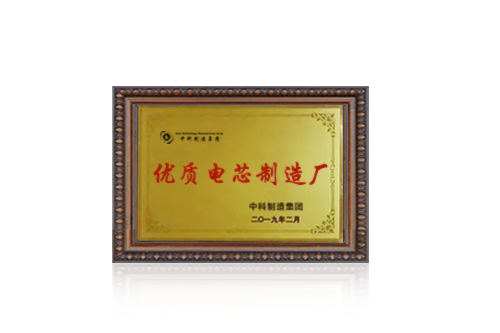

















 360° FACTORY VR TOUR
360° FACTORY VR TOUR
 Whatsapp
Whatsapp
 Tel
Tel Email
Email TOP
TOP